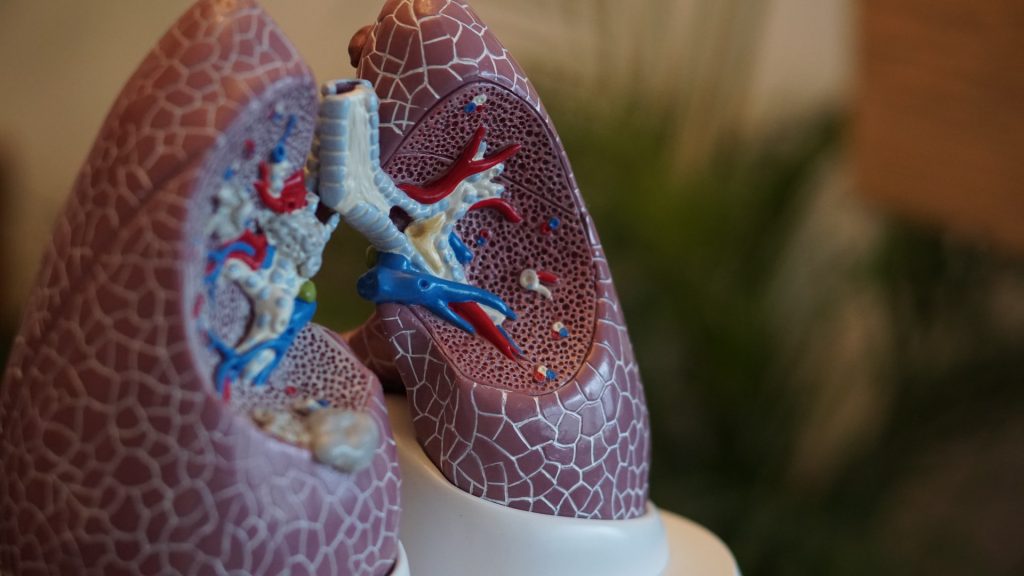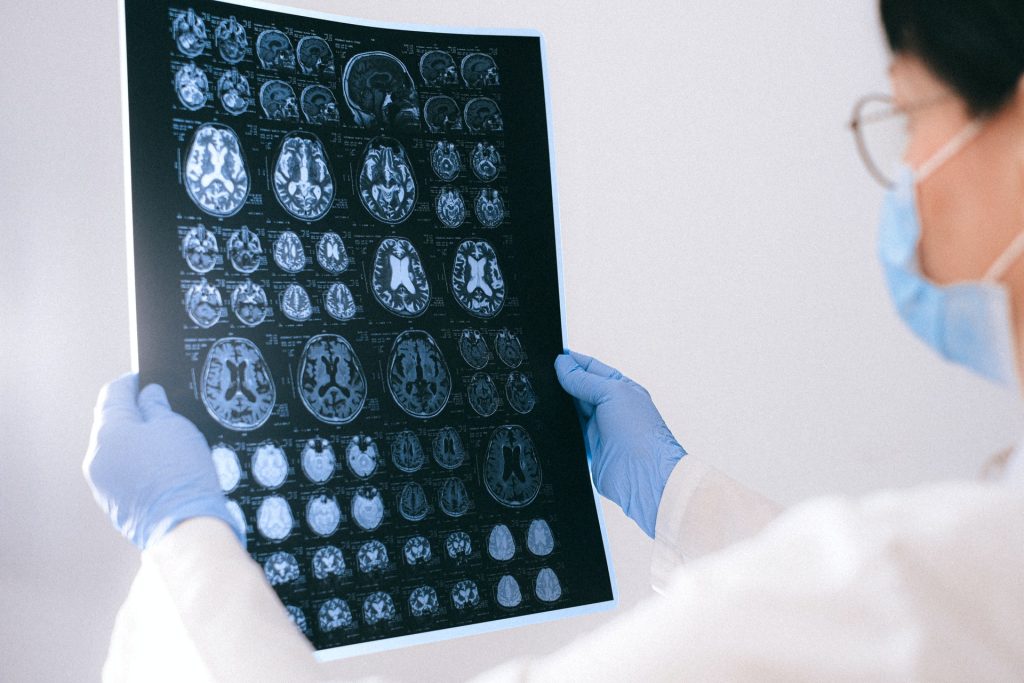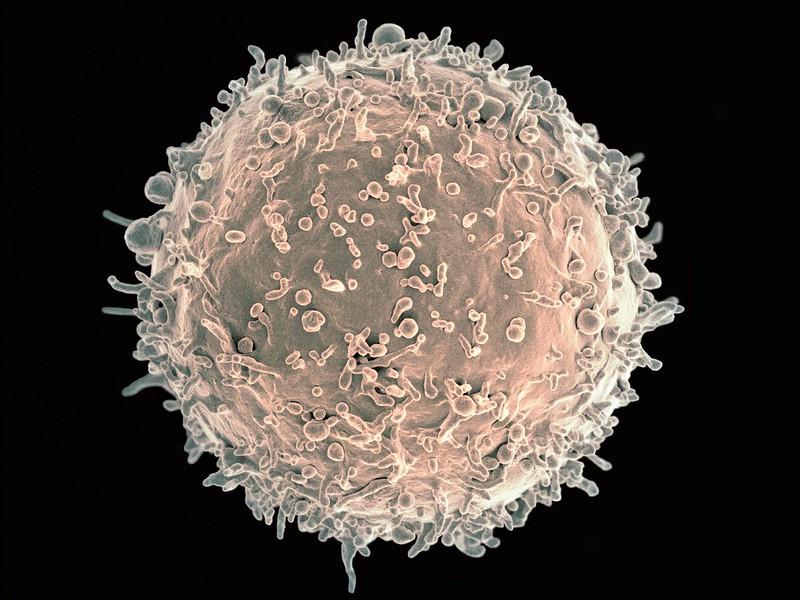Storm on the Horizon for Life Insurance: Rising Prices and Long COVID

Coming out of 2021, Price Waterhouse-Cooper analysed major life insurers in a new report, and found that they were able to maintain their policy holder obligations and maintain their financial positions. However, uncertainty is growing as global commodity prices spike amid lackluster growth and COVID’s potential long-term impacts.
PwC analysed 2021 results for five major insurers: Discovery, Liberty, Momentum Metropolitan Holdings Limited (MMH), Old Mutual, and Sanlam.
Alsue du Preez, PwC Africa Insurance Leader, said that the results are presented in the context of rapidly changing circumstances in which insurers are conducting their businesses. “Significant shifts are still occurring, the latest being the invasion by Russia of Ukraine and flooding in KZN, impacting not only the economy but environmental and social conditions,” she said. “These factors, as well as ongoing shifts in customer expectations and needs, have the potential to continue to materially influence future performance.”
While the COVID pandemic in 2020 was unpredictable, the impact of the second and third waves in 2021 was underestimated by life insurers, the report noted. The year 2021 did however come with a realisation of just how complicated the variables are, bringing risk variance losses of R6.8bn.
Key indicators showed that profitability growth was subdued even pre-pandemic, with earnings growing in line with inflation. Value of New Business (VNB) margins – ie, profit from new policy signings – was trending downwards slightly. VNB was 2.7%–3.1% over the period 2011–2015 but decreased to 2.4% in 2018 and 2019. The VNB margin achieved in 2021 is lower still at 1.9%, but still an improvement from 2020’s result of 1.49%.
The present value of new business premiums (PVNBP), which is the present value of total confirmed premiums that will be received from present to future, increased by 13% from 2019, but this could not offset the fall in margins compared with pre-pandemic levels.
The report paints a grim picture for economic growth. Stifled GDP growth – with a per capita GDO fall of 4.2% – has been compounded by Russia’s invasion of Ukraine, with supply chain disruptions and knock-on global price increases.
“Given the consequent higher inflation, weaker external demand and an unreliable power supply (the country’s largest growth inhibitor), we now forecast a real GDP growth rate of 2.0% this year (from 2.3% previously) with continued downside risk,” du Preez said. “Alongside this, weaker economic outlook provides even greater concern about the speed of the country’s jobs recovery. There is little scope for South Africa’s unemployment rate to improve this year if local business sentiment is weighed down by these factors.”
Pressure on low/medium income households will impact their ability to afford new or existing insurance products
Increasing living costs will adversely impact all households during 2022, though this will impact the various income groups differently.
“Middle to higher income groups are re-evaluating their discretionary spending patterns and are either ‘buying down’ or reducing insurance and savings products,” du Preez said. “On the other hand, households in the lower to lower-middle income categories will struggle to sustain their monthly basket of goods purchases. Given increased costs of necessities, these households will need to carefully consider the affordability of other discretionary monthly expenses, including insurance products.”
More than half of the income of low-income households goes on food and non-alcoholic beverages, which will be impacted by increasing commodity prices.
As we now proceed out of the rollercoaster that was 2021, a fair amount of uncertainty lingers in the industry. Talk is now moving more towards whether cost savings insurance entities achieved during the lockdown will be sustainable, as well as what allowance should be made for COVID’s impacts on long term mortality and long-COVID.
Moving out of the rollercoaster of 2021, there is still significant uncertainty in the industry, with discussion over whether insurance companies will sustain their cost savings made during lockdown. Another question is how COVID will impact the industry in terms of mortality and long COVID.
The major life insurers’ Stronger performances in FY21 showed sustained strength in operational and capital management, and the relative benefits of diversification amongst their business portfolios. “The post-COVID financial ‘recovery’ is pleasing to see, but the pre-COVID comparison, coupled with the difficult macro-economic backdrop into the medium term, demonstrates the need for insurers to continue to innovate and invest on multiple fronts,” du Preez said.





